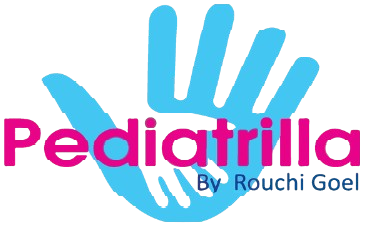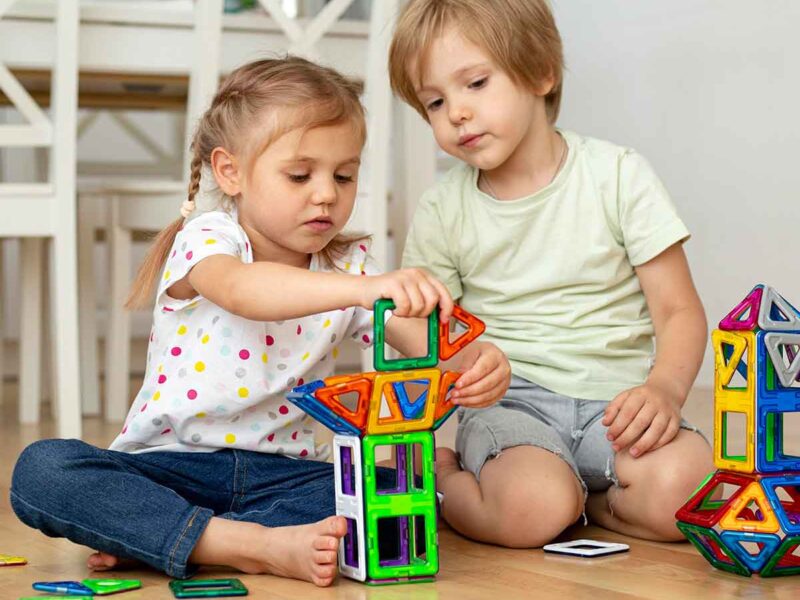Watching your child grow is a journey filled with joy, wonder, and constant discovery. That first smile, the first time they sit up, their first wobbly steps — each milestone is a moment to be cherished. But sometimes, the path of development doesn’t follow the timeline we expect. You might find yourself waiting a little longer for that first word, or noticing that your child isn’t quite as steady on their feet as others their age.
As a parent, it’s natural to compare. But more importantly, it’s crucial to observe. Your instincts matter, and when something feels “not quite right,” it’s okay to seek clarity. Understanding developmental red flags can help you make informed decisions — not out of fear, but out of love and awareness.
What Are Developmental Red Flags?
Developmental red flags are signs that a child may not be reaching typical milestones for their age. These can appear in different areas: physical (motor skills), cognitive, speech and language, or social-emotional behavior. Not every delay indicates a serious issue, but patterns or persistent concerns are worth discussing with a pediatric specialist.
Here are some examples of age-specific red flags:
Abnormal Muscle Tone: too floppy (hypotonia) or too stiff (hypertonia).
By 3 months: Lack of head control, unable to lift their head while lying on their stomach or falls backward when in a vertical position.
By 6 months: No social smile, difficulty holding up the head, limited movement of arms or legs, no attempt to roll over.
By 9 months: Not sitting without support, not responding to name or familiar voices.
By 10 months: No crawling or no attempt to crawl.
By 12 months: Not crawling, no babbling, lack of gestures such as waving or pointing.
By 14-15 months: No attempt to stand or walk, unable to pull themselves into a standing position or take their first steps.
By 18 months: Not walking independently, very limited speech, poor eye contact or interest in surroundings.
By 2 years: No two-word phrases, inability to follow simple directions, minimal pretend play.
By 3 years: Unclear or very limited speech, frequent tripping or falling, difficulty playing with peers.
Movement Asymmetry: Uses only one hand or foot, or prefers one side of their body.
These signs don’t confirm a diagnosis, but they can serve as indicators that further observation or assessment may be helpful.
Trusting Your Parental Instinct
Many parents struggle with the question: Am I overthinking this? You’re not. In fact, one of the most valuable tools in early identification is a parent’s intuition. If you’ve noticed something that’s been distressing at you — a developmental delay, an unusual movement pattern, or a lack of responsiveness — don’t dismiss it. You’re not being overly cautious; you’re being attentive.
As pediatric professionals, we regularly meet parents who waited months before seeking advice because they were told “every child is different” or “it will happen in time.” While those statements are often well-meaning, they can sometimes delay much-needed intervention. Early support can help children build essential skills during the most critical years of development.
It is a long established fact that a reader will be distracted by the readable content of a page when looking at its layout. The point of using Lorem Ipsum is that it has a more-or-less normal distribution of letters, as opposed to using ‘Content here, content here’, making it look like readable English. Many desktop publishing packages and web page editors now use Lorem Ipsum as their default model text, and a search for ‘lorem ipsum’ will uncover many web sites still in their infancy.
- There are many variations of passages of Lorem Ipsum available, but
- The majority have suffered alteration in
- Some form, by injected humour, or randomised words which don’t
- Look even slightly believable
When to Seek Help
If you’ve noticed persistent developmental delays, uneven skill acquisition, or if your child has lost skills they previously had, it’s time to consult a professional. A pediatric physiotherapist or developmental specialist can assess your child’s needs and suggest a plan that fits their pace and personality.
Getting help early doesn’t mean something is “wrong” — it simply means you’re taking proactive steps to support your child’s journey. And in most cases, the earlier you start, the better the outcome.
Final Thoughts
Parenting comes with questions — lots of them. But you don’t have to find the answers alone. Seeking help is not a sign of worry; it’s a sign of strength and care. If your inner voice is telling you something isn’t quite right, listen to it. Sometimes, all it takes is one conversation to make a world of difference.
Let’s work together to give every child the support they deserve — because every child deserves the chance to grow, thrive, and shine in their own unique way.



